Definition Scope:
Digitization refers to creating a digital representation of physical objects or attributes. Digitalization refers to enabling or improving processes by leveraging digital technologies and digitized data. Digital Transformation is really business transformation enabled by digitalization.
Digital Library:
A digital library is a collection of documents in organized electronic form, available on the Internet
Digital Museum
1.Digital museum is a museum exhibition platform that utilizes computer and information technology, on which cultural relics and historical collections can be preserved and displayed in digital format. It is one of the main outcomes of digital curation
OCR
"Optical Character Recognition." It is a technology that recognizes text within a digital image. It is commonly used to recognize text in scanned documents and images. OCR software can be used to convert a physical paper document, or an image into an accessible electronic version with text. For example, if you scan a paper document or photograph with a printer, the printer will most likely create a file with a digital image in it. The file could be a JPG/TIFF or PDF, but the new electronic file may still be only an image of the original document. You can then load this scanned electronic document it created, which contains the image, into an OCR program. The OCR program which will recognize the text and convert the document to an editable text file.
Digital Repositories
offer a convenient infrastructure through which to store, manage, re-use and curate digital materials. They are used by a variety of communities, may carry out many different functions, and can take many forms. The meaning of the term 'digital repository' is widely debated. Contemporary understanding has broadened from an initial focus on software systems to a wider and overall commitment to the stewardship of digital materials; this requires not just software and hardware, but also policies, processes, services, and people, as well as content and metadata. Repositories must be sustainable, trusted, well-supported and well-managed in order to function properly.
Digital Repositories are also commonly referred to as 'institutional repositories' or 'digital archives'.
TECHNICAL requirements
Overview
The Azure App Service Environment v2 is an Azure App Service feature that provides a fully isolated and dedicated environment for securely running App Service apps at high scale. This capability can host your:
- Windows web apps
- Linux web apps
- Docker containers
- Mobile apps
- Functions
App Service environments (ASEs) are appropriate for application workloads that require:
- Very high scale.
- Isolation and secure network access.
- High memory utilization.
Customers can create multiple ASEs within a single Azure region or across multiple Azure regions. This flexibility makes ASEs ideal for horizontally scaling stateless application tiers in support of high requests per second (RPS) workloads.
ASEs host applications from only one customer and do so in one of their VNets. Customers have fine-grained control over inbound and outbound application network traffic. Applications can establish high-speed secure connections over VPNs to on-premises corporate resources.
- Multiple ASEs can be used to scale horizontally. For more information, see how to set up a geo-distributed app footprint.
- ASEs can be used to configure security architecture, as shown in the AzureCon Deep Dive. To see how the security architecture shown in the AzureCon Deep Dive was configured, see the article on how to implement a layered security architecture with App Service environments.
- Apps running on ASEs can have their access gated by upstream devices, such as web application firewalls (WAFs). For more information, see Web application firewall (WAF).
- App Service Environments can be deployed into Availability Zones (AZ) using zone pinning. See App Service Environment Support for Availability Zones for more details.
Dedicated environment
An ASE is dedicated environment that is exclusive to a single customer and can host 200 App Service plan total instances. A single Isolated SKU App Service plan can have up to 100 instances in it. When you add up all the instances from all of the App Service plans in that ASE, the total must be less than or equal to 200.
An ASE is composed of front ends and workers. Front ends are responsible for HTTP/HTTPS termination and automatic load balancing of app requests within an ASE. Front ends are automatically added as the App Service plans in the ASE are scaled out.
Workers are roles that host customer apps. Workers are available in three fixed sizes:
- One vCPU/3.5 GB RAM
- Two vCPU/7 GB RAM
- Four vCPU/14 GB RAM
Customers do not need to manage front ends and workers. All infrastructure is automatically added as customers scale out their App Service plans. As App Service plans are created or scaled in an ASE, the required infrastructure is added or removed as appropriate.
There is a flat monthly rate for an ASE that pays for the infrastructure and doesn't change with the size of the ASE. In addition, there is a cost per App Service plan vCPU. All apps hosted in an ASE are in the Isolated pricing SKU. For information on pricing for an ASE, see the App Service pricing page and review the available options for ASEs.
Virtual network support
If the apps make calls to resources in your virtual network or across a VPN, the source IP is one of the IPs in the subnet. Because the App Service Environment is within the virtual network, it can also access resources within the virtual network without any additional configuration. If the virtual network is connected to your on-premises network, apps also have access to resources there without additional configuration.
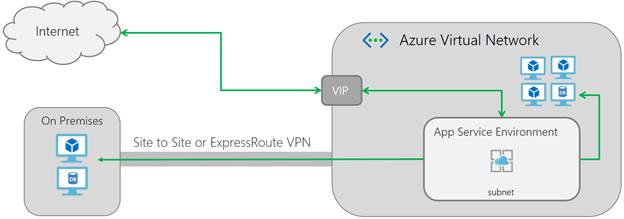
If you have an App Service Environment with an external deployment, the public VIP is also the endpoint to which your apps resolve for the following:
- HTTP/S
- FTP/S
- Web deployment
- Remote debugging
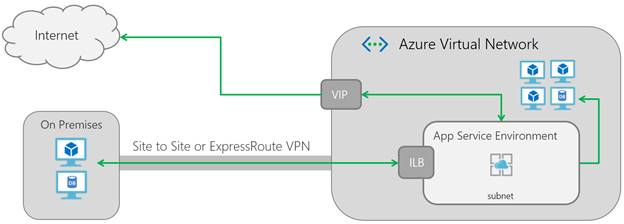
If you have an App Service Environment with an internal load balancer deployment, the address of the internal address is the endpoint for HTTP/S, FTP/S, web deployment, and remote debugging.
Subnet size
After the App Service Environment is deployed, you can't alter the size of the subnet used to host it. App Service Environment uses an address for each infrastructure role, as well as for each isolated App Service plan instance. Additionally, Azure networking uses five addresses for every subnet that is created.
An App Service Environment with no App Service plans at all will use 12 addresses before you create an app. If you use the internal load balancer deployment, then it will use 13 addresses before you create an app. As you scale out, be aware that infrastructure roles are added at every multiple of 15 and 20 of your App Service plan instances.
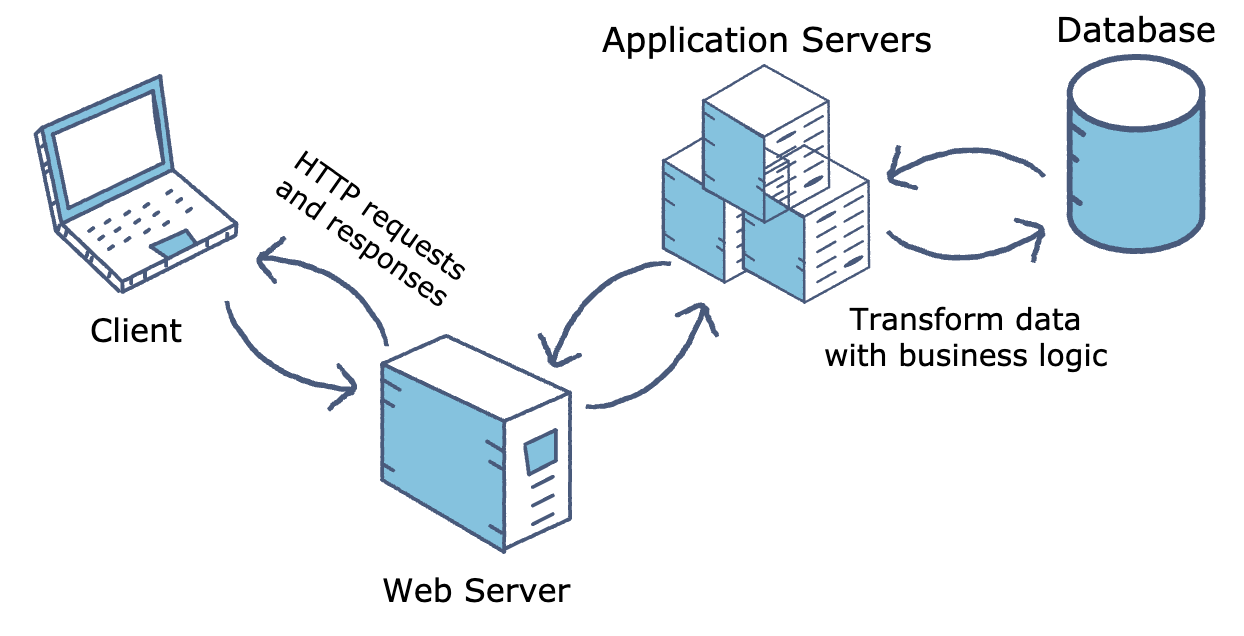
-
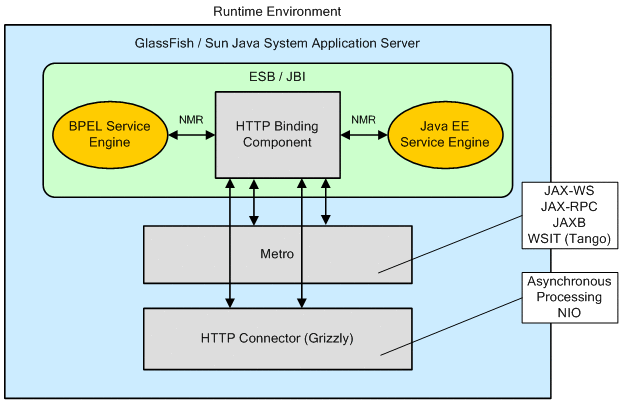
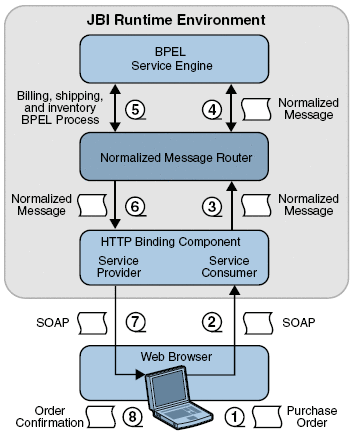
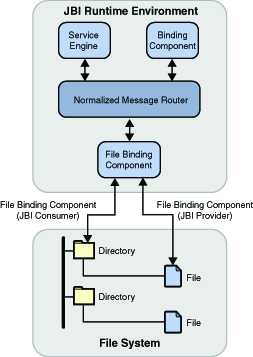

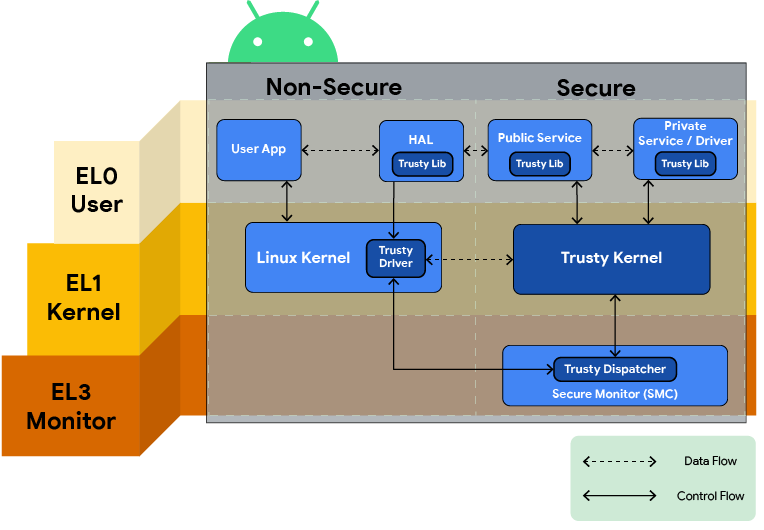
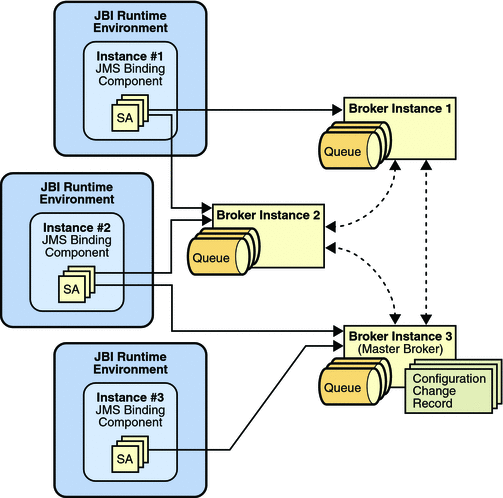
1.1 What is Virtualization?
Virtualization is the ability to run multiple virtual machines on a single piece of hardware. The hardware runs software which enables you to install multiple operating systems which are able to run simultaneously and independently, in their own secure environment, with minimal reduction in performance. Each virtual machine has its own virtual CPU, network interfaces, storage and operating system.
1.2 Why Virtualize?
With increased server provisioning in the datacenter, several factors play a role in stifling growth. Increased power and cooling costs, physical space constraints, man power and interconnection complexity all contribute significantly to the cost and feasibility of continued expansion.
Commodity hardware manufacturers have begun to address some of these concerns by shifting their design goals. Rather than focus solely on raw gigahertz performance, manufacturers have enhanced the feature sets of CPUs and chip sets to include lower wattage CPUs, multiple cores per CPU die, advanced power management, and a range of virtualization features. By employing appropriate software to enable these features, several advantages are realized:
-
Server Consolidation: By combining workloads from a number of physical hosts into a single host, a reduction in servers can be achieved and a corresponding decrease in interconnect hardware. Traditionally, these workloads would need to be specially crafted, partially isolated and well behaved, but with new virtualization techniques none of these requirements are necessary.
-
Reduction of Complexity: Infrastructure costs are massively reduced by removing the need for physical hardware, and networking. Instead of having a large number of physical computers, all networked together, consuming power and administration costs, fewer computers can be used to achieve the same goal. Administration and physical setup is less time consuming and costly.
-
Isolation: Virtual machines run in sand-boxed environments. Virtual machines cannot access the resources of other virtual machines. If one virtual machine performs poorly, or crashes, it does not affect any other virtual machine.
-
Platform Uniformity: In a virtualized environment, a broad, heterogeneous array of hardware components is distilled into a uniform set of virtual devices presented to each guest operating system. This reduces the impact across the IT organization: from support, to documentation, to tools engineering.
-
Legacy Support: With traditional bare-metal operating system installations, when the hardware vendor replaces a component of a system, the operating system vendor is required to make a corresponding change to enable the new hardware (for example, an Ethernet card). As an operating system ages, the operating system vendor may no longer provide hardware enabling updates. In a virtualized operating system, the hardware remains constant for as long as the virtual environment is in place, regardless of any changes occurring in the real hardware, including full replacement.
1.3 Xen™ Technology
The Xen hypervisor is a small, lightweight, software virtual machine monitor, for x86-compatible computers. The Xen hypervisor securely executes multiple virtual machines on one physical system. Each virtual machine has its own guest operating system with almost native performance. The Xen hypervisor was originally created by researchers at Cambridge University, and derived from work done on the Linux kernel.
The Xen hypervisor has been improved and included with Oracle VM Server.
1.4 Oracle VM
Oracle VM is a platform that provides a fully equipped environment for better leveraging the benefits of virtualization technology. Oracle VM enables you to deploy operating systems and application software within a supported virtualization environment. The components of Oracle VM are:
-
Oracle VM Manager: Provides the user interface, which is a standard ADF (Application Development Framework) web application, to manage Oracle VM Servers, virtual machines, and resources. Use Oracle VM Manager to:
-
Create virtual machines
-
Create server pools
-
Power on and off virtual machines
-
Pause and unpause live virtual machines
-
Deploy virtual machines
-
Manage virtual NICs (Network Interface Cards), disks and shared disks
-
Create virtual machine templates from virtual machines
-
Import virtual machines and templates
-
Manage high availability of Oracle VM Servers, server pools, and guest virtual machines
-
Perform live migration of virtual machines
-
Import and manage ISOs
-
-
Oracle VM Server: A self-contained virtualization environment designed to provide a lightweight, secure, server-based platform for running virtual machines. Oracle VM Server is based upon an updated version of the underlying Xen hypervisor technology, and includes Oracle VM Agent.
-
Oracle VM Agent: Installed with Oracle VM Server. Oracle VM Manager communicates with Oracle VM Agent to manage the Oracle VM Servers and virtual machines running on it.
-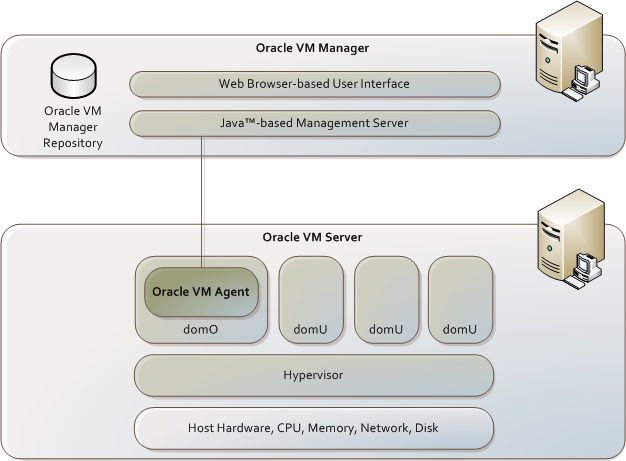

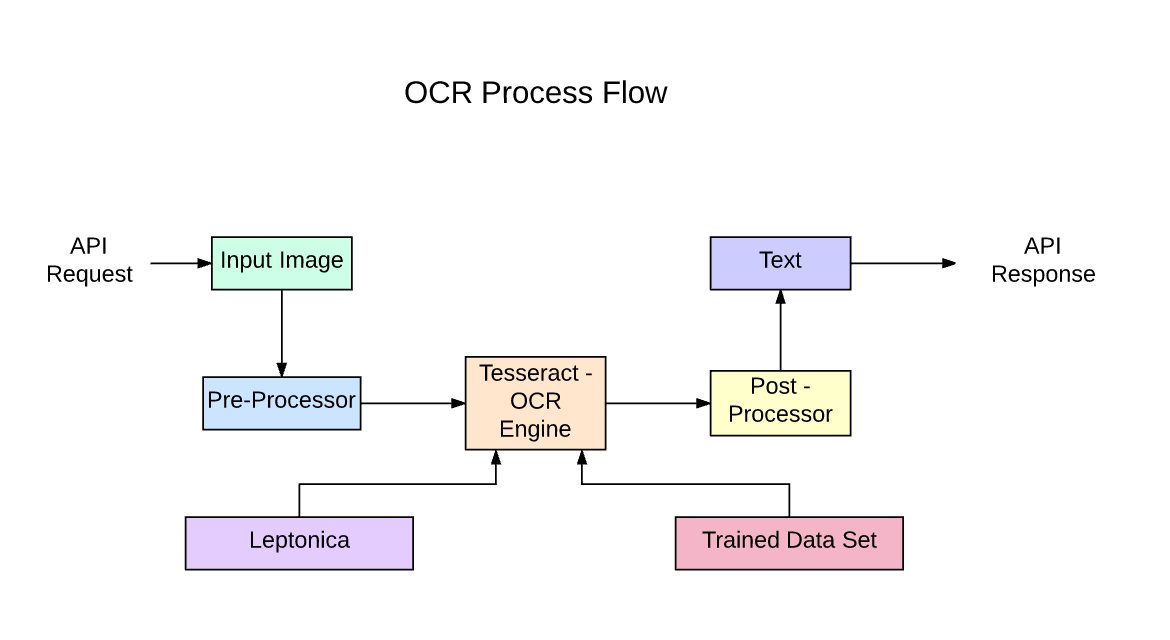
-
What are OCR Engines?
Optical Character Recognition abbreviated as OCR is the software tool used to convert typed or handwritten content into machine readable, editable format. OCR engines are used to read typed (machine printed) characters. The easy and quick reading of upper/lower case letters, accented letters, symbols and punctuations are performed. The broken characters, text lines, etc are also easily recognized.

Features of Good OCR Engines
The OCR engine should be designed for industrial strength, corporate volume scanning & OCR needs. Thorough robust functionality, configurations for speed, volume, and automation are required. The most common and powerful type of OCR engine can read more stylized fonts commonly available on the desktop PC. Some OCR engines generally do not process well on fonts that are designed specifically for recognition, such as OCR-A. That is because those fonts have peculiarities that set them apart from more standard fonts. Some other OCR engines are trained specifically to read fonts such as OCR, OCR-B, and MICR as on checks. Huge dictionary, despeckle, format retention, batch retention, and easier error correction are the features to look out for in good OCR engine.
What is the Advantage of Using an OCR Engine?
The powerful design and accurate recognition features of the OCR engine make it useful for easily integrating it into mobile or hand held devices. OCR engine is available for easy download from the internet. The OCR engine ensures high speed image processing and accurate recognition capability makes it useful for unique identification, business card recognition, forms processing, and more. OCR engine is capable of automatic layout analysis, recognition of selected field on paper, etc. The OCR engine is also compatible with different languages and multiple documents. Users are able to locate a single word within an entire multi-page document; this saves time searching, editing, & copying. Thereby the employees can be assigned other productive tasks. The super-accurate OCR engine identifies text within low resolution captured documents, documents containing multi-directional text, and documents containing color text. More accurate OCR results translate to greater efficiency in managing scanned documents.